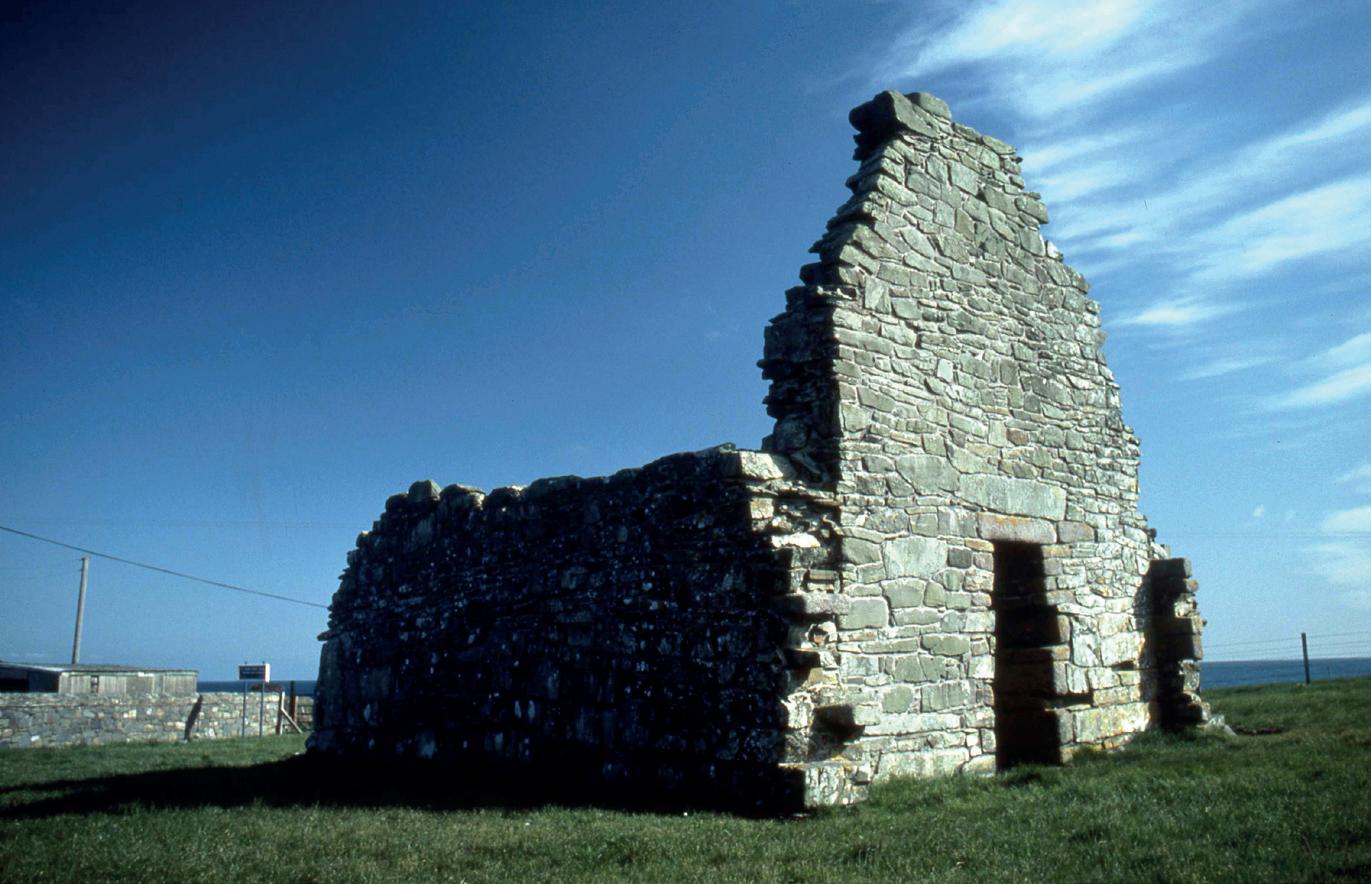
1 minute read
other Monuments
In addition to High Crosses and Round towers, the other significant stone monuments to be preserved on the sites of Down’s early Irish monasteries are, of course, the stone churches. These, however, are comparatively small in size (scarcely reaching a length of more than 26 feet), of which the most typical examples are those at Derry on the Ards Peninsula and st. John’s Point on the coast south of Downpatrick, though at least the foundations of another survive at nendrum. It is noteworthy that only a single stone found at Downpatrick gave proof of the existence of churches in the County built in the Romanesque style typical of the twelfth century in many parts of Ireland. Thissuggests that the simple stone churches, of the
The early eleventh century church at St John’s Point in Lecale.
kind just mentioned, may have continued to be built at least up to the time that st.Malachy introduced his new and larger French-style architecture at bangor around the year 1140. This would fit in well with the comment of a local man who, as reported in st. bernard of Clairvaux’s life of Malachy, asked the saint ‘why have you thought to introduce this novelty into our regions? we are scots, not Gauls. what is this frivolity? what need was there for a work so superfluous, so proud?’. It may be noted that churches or other buildings on some of the sites associated with st. Patrick in the Downpatrick area – such as Raholp and struell wells – belong at earliest to the later Middle Ages, though one curious stone-roofed ‘shrine’ near the modern church at saul may be somewhat earlier.

The ruins of the medieval church at Raholp, near Saul.










